Semantic Models
Introduction to Microsoft Fabric

Alex Kuntz
Technical Instructional Designer
BI Developers
- Build user-friendly reports
- Need a combination of business acumen and data skills
- Often use tools like Power BI
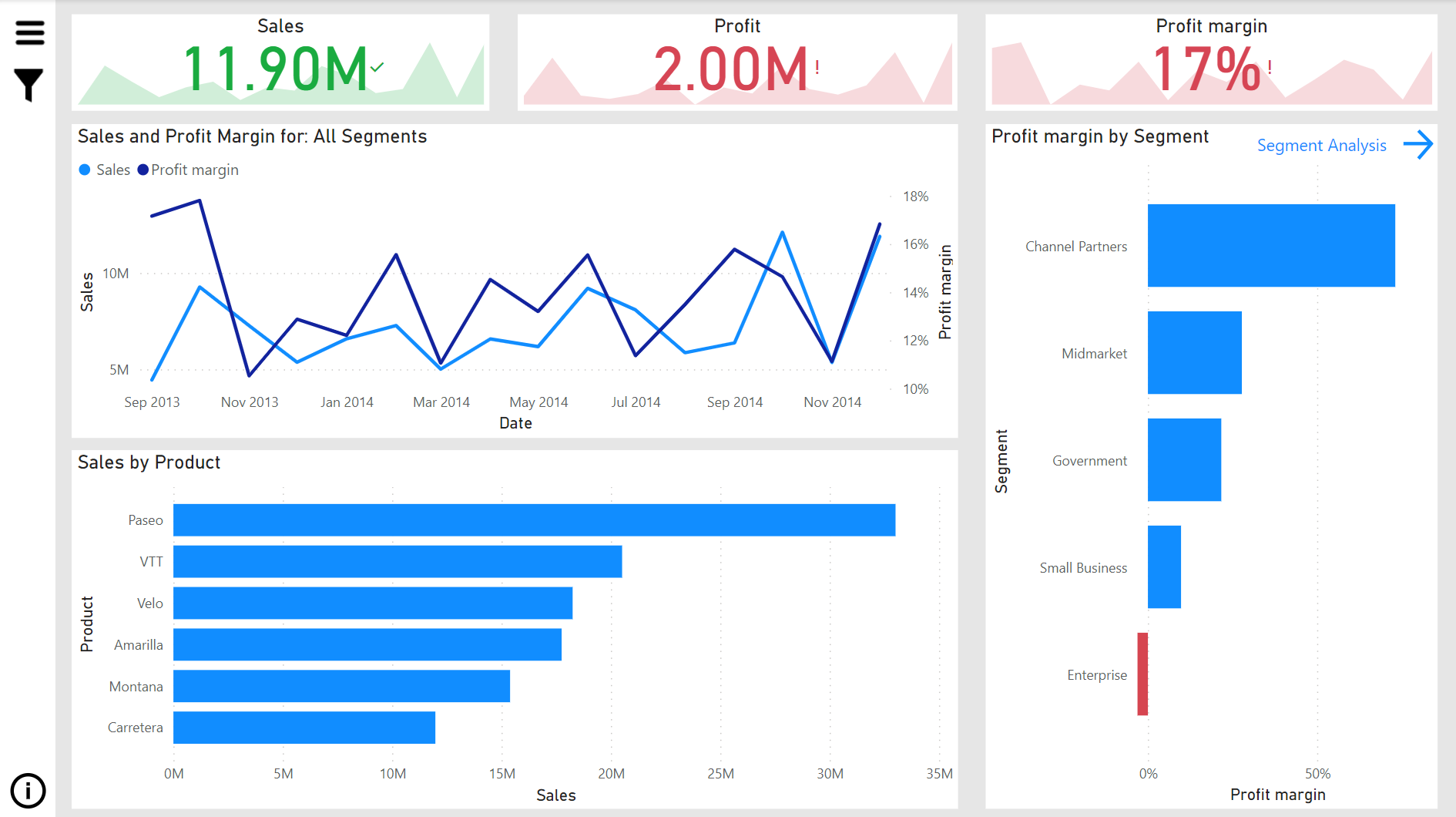
New semantic models
- Creating a semantic model in the Fabric interface
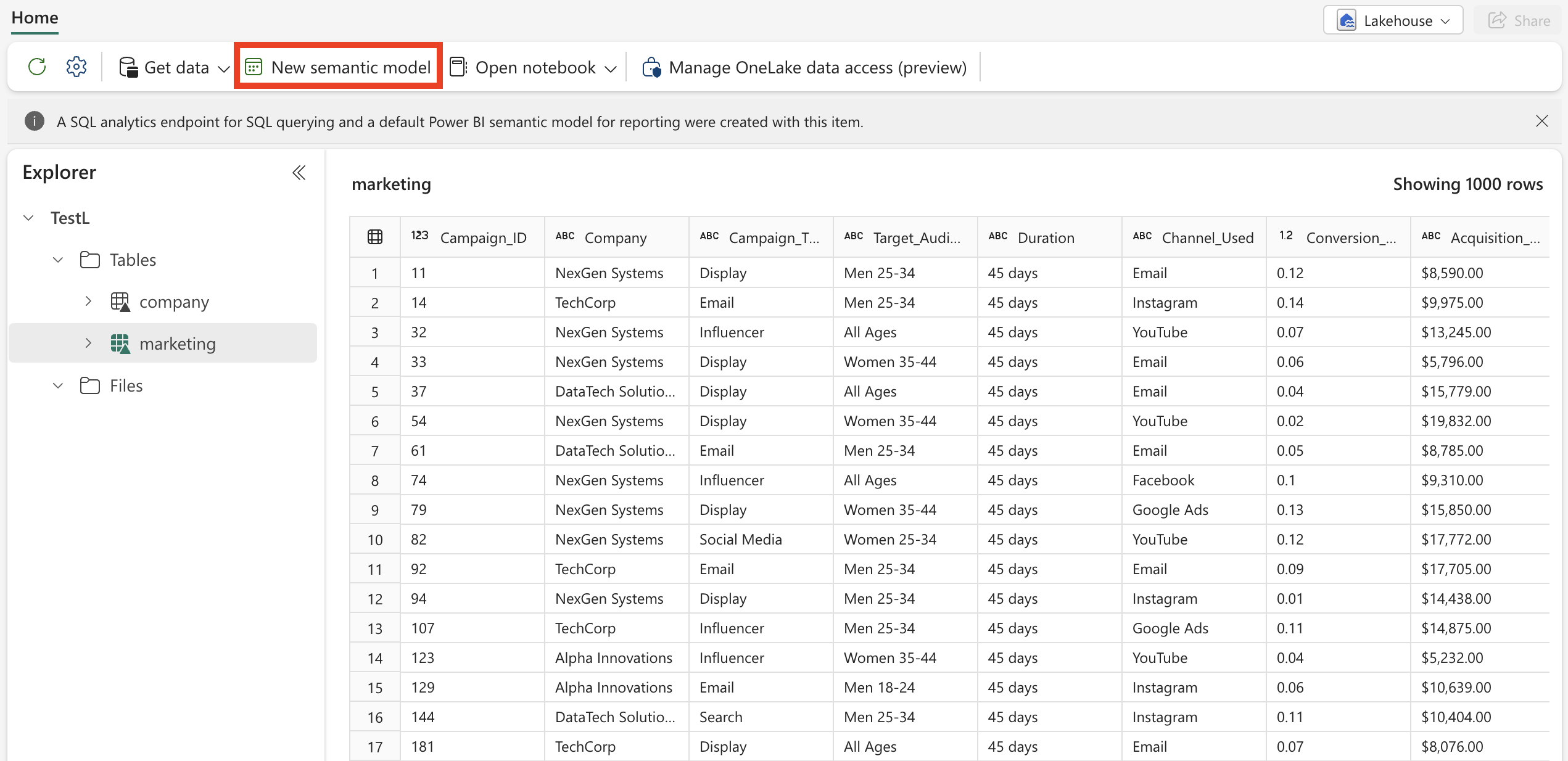
What is a semantic model?
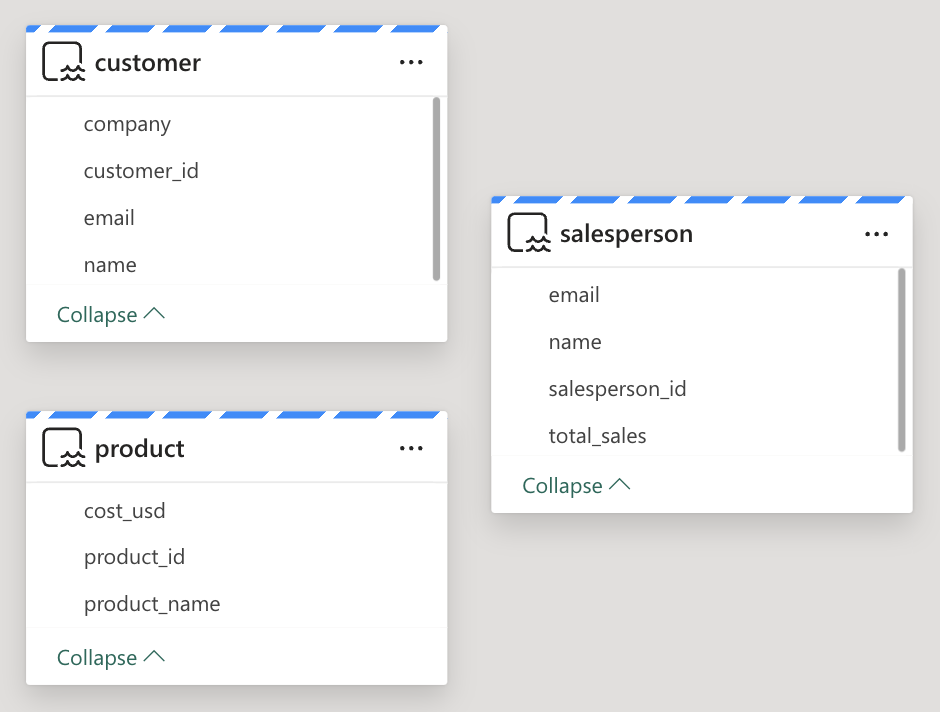
- Organizes data by defining relationships
- For example, consider data about sales at a company
- Table with customer data
- Table with salesperson data
- Table with product data
- Without a semantic model, these tables exist independently. There is no relationship between the tables
Semantic model relationships
- Semantic models formally define relationships between tables
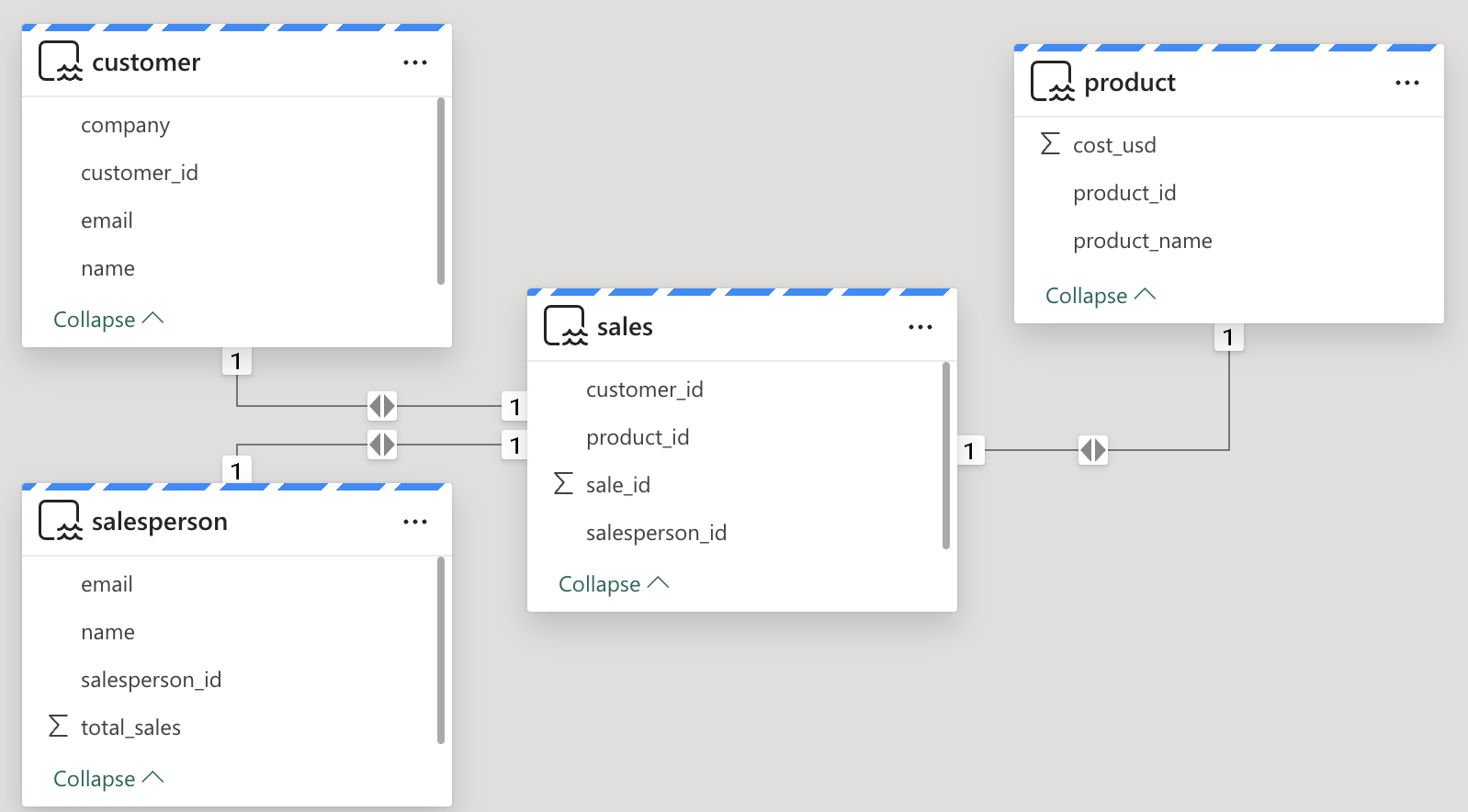
Star schemas
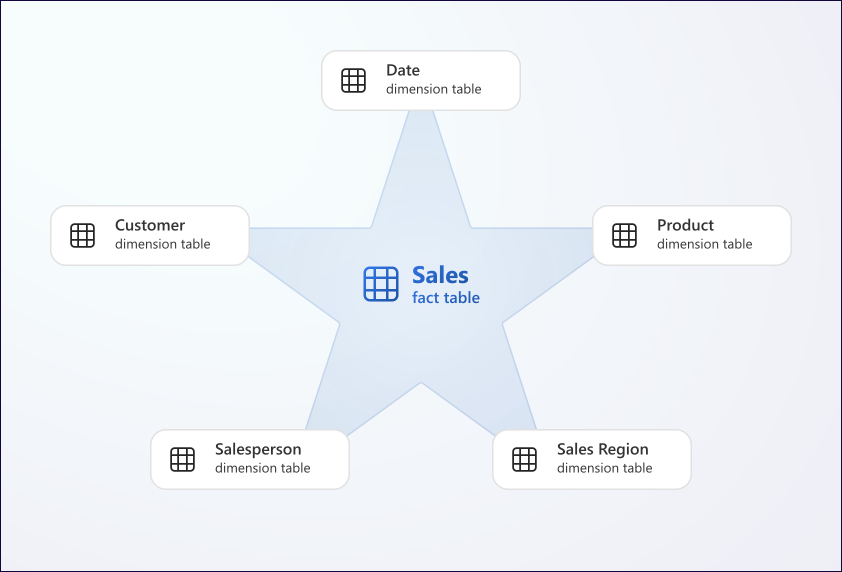
1 https://learn.microsoft.com/en-us/fabric/data-warehouse/dimensional-modeling-overview
Other semantic model features
- Define measures and calculation groups
- Useful when you have a calculation that you will perform often
- Roles for access management
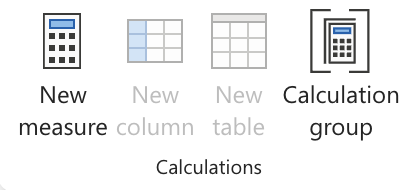
Default Semantic Model
- A default semantic model is created when you create a lakehouse
- Need to adjust settings of the default model to ensure it is updated as you add more data to your lakehouse
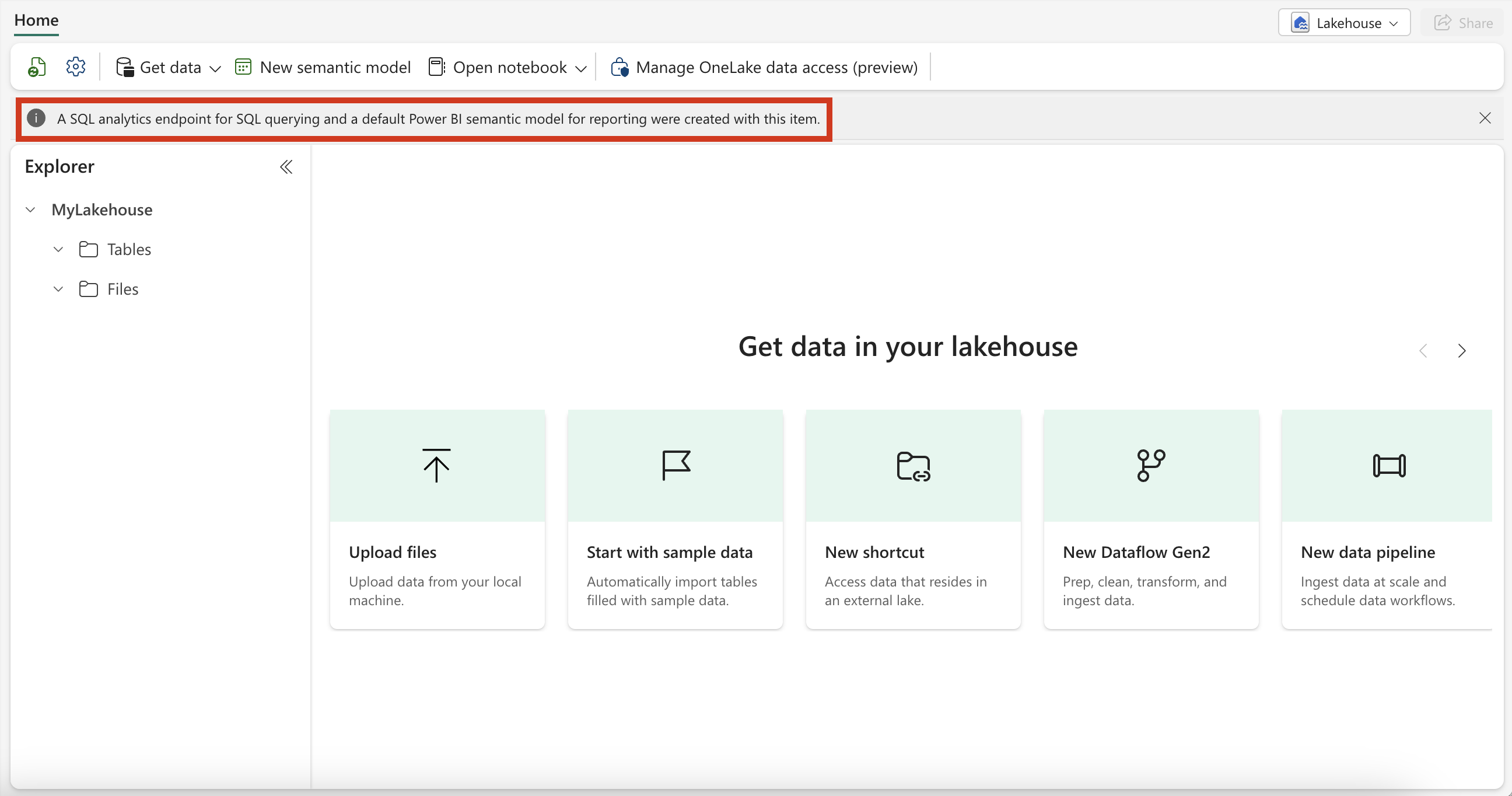
Let's practice!
Introduction to Microsoft Fabric

